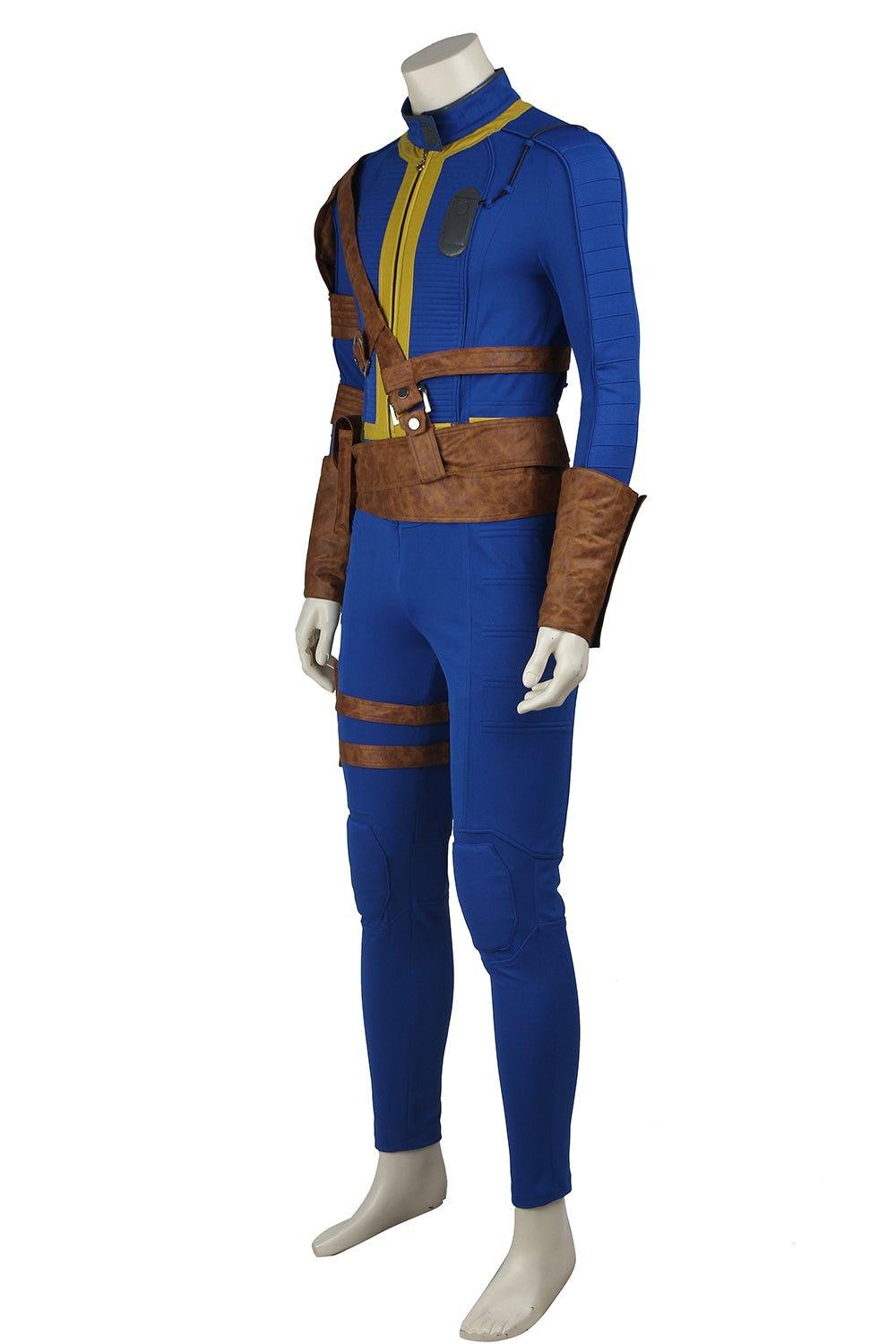Creating a foam sword for cosplay can be an exciting and rewarding project. This guide will walk you through the detailed steps to make your own foam sword, ensuring it looks professional and is durable enough for conventions or photoshoots. We'll cover everything from gathering materials to the final touches of painting and sealing. Let's get started!
Materials Needed
Before diving into the process, gather the following materials:
-
EVA foam sheets (various thicknesses)
-
PVC pipe (for the sword's core)
-
Contact cement or hot glue
-
Craft knife or utility knife
-
Dremel tool or sanding tool
-
Heat gun
-
Ruler and measuring tape
-
Tracing paper
-
Markers or pencils
-
Paint (metallic colors recommended)
-
Water-based sealer
-
Paintbrushes
-
Optional: Plasti Dip for priming
Step-by-Step Guide
1. Designing and Planning
a. Choose Your Sword Design:
Select a sword design that fits your cosplay character. You can find templates online or draw your own design on tracing paper. Websites like CrazyCosplay.com offer a variety of cosplay templates that can be useful.
b. Measure and Scale:
Determine the dimensions of your sword. Use a ruler and measuring tape to ensure the sword is proportional to your body. This step is crucial for achieving a realistic look.
2. Preparing the Foam
a. Trace the Design:
Place the tracing paper with your sword design onto the EVA foam sheet. Trace the outline using a marker. Repeat this step to create two identical foam pieces for a multi-dimensional look.
b. Cut the Foam:
Using a craft knife or utility knife, carefully cut out the sword shapes from the foam. Make sure your blades are sharp to achieve clean cuts.
3. Creating the Core
a. Carve Channels for the PVC Pipe:
Use a Dremel tool to carve channels into the foam pieces where the PVC pipe will be inserted. The PVC pipe will serve as the sword's core, providing stability and strength.
b. Insert the PVC Pipe:
Measure and cut the PVC pipe to fit the length of your sword. Insert the pipe into the carved channels, ensuring it runs from the bottom of the handle to about 5 inches from the tip of the blade.
4. Assembling the Sword
a. Glue the Foam Pieces:
Apply contact cement or hot glue to the foam pieces and the PVC pipe. Carefully align and press the foam pieces together with the PVC pipe sandwiched in between. Allow the glue to dry completely.
b. Sand the Edges:
Use a Dremel tool or sanding tool to smooth out the edges of the foam sword. This step helps to create a more realistic and polished look.
5. Shaping and Detailing
a. Bevel the Edges:
Bevel the edges of the sword blade using a craft knife or sanding tool. This step gives the blade a sharp, realistic appearance.
b. Add Details:
Use the Dremel tool to carve any additional details into the foam, such as engravings or battle damage. Be creative and make sure the details match your character's sword.
6. Sealing and Priming
a. Heat Treatment:
Use a heat gun to gently heat the foam. This step helps to seal the foam's surface and makes it easier to paint.
b. Apply Sealer:
Cover the entire surface of the foam blade with a water-based sealer. Apply several coats, allowing each coat to dry before applying the next. This step ensures a smooth surface for painting.
c. Optional: Prime with Plasti Dip:
For added durability, you can prime the sword with Plasti Dip. This rubberized coating provides a strong base for the paint and helps protect the foam.
7. Painting
a. Base Coat:
Apply a base coat of paint to the entire sword. Metallic silver is a popular choice for the blade, while the handle can be painted in colors that match your character's design.
b. Add Details:
Use smaller brushes to paint intricate details on the sword. Metallic paints can give the blade a realistic metal look, while other colors can be used for the handle and any decorative elements.
c. Shading and Weathering:
Add shading and weathering effects to give the sword a more realistic and battle-worn appearance. Use darker shades to create shadows and lighter shades for highlights.
8. Final Sealing
a. Apply Final Sealer:
Once the paint is completely dry, apply a final coat of water-based sealer to protect the paint and give the sword a finished look. Allow the sealer to dry thoroughly.
9. Adding the Handle
a. Attach the Handle:
If your sword design includes a separate handle, attach it using contact cement or hot glue. Ensure it is securely attached and aligned with the blade.
b. Wrap the Handle:
For a more authentic look, wrap the handle with leather strips or fabric. This step not only enhances the appearance but also provides a better grip.
10. Final Touches
a. Inspect and Touch-Up:
Inspect the entire sword for any imperfections. Touch up any areas that need additional paint or sealer.
b. Test for Durability:
Gently test the sword to ensure it is sturdy and durable. Make any necessary adjustments to reinforce weak areas.
Conclusion
Creating a foam sword for cosplay is a detailed process that requires patience and attention to detail. By following these steps, you can craft a realistic and durable prop that will enhance your cosplay experience. Remember, practice makes perfect, and each sword you make will improve your skills. Enjoy your next cosplay event with your handmade foam sword!
For more detailed guides and templates, you can visit websites like CrazyCosplay.com and Rank No.1, which offer a wealth of resources for cosplayers. Happy crafting!







